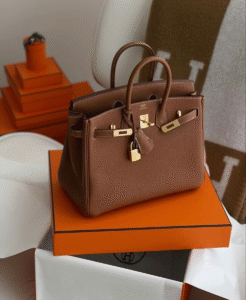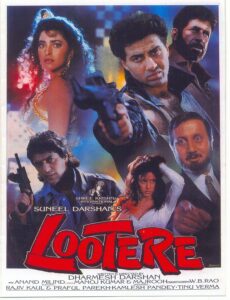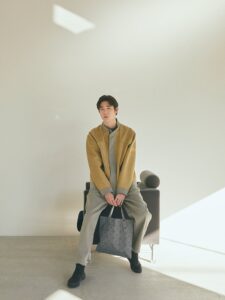
Exclusivity is the lifeblood of every luxury brand. Fashion sustains on originality, hence the need to guard the aura of uniqueness. In an industry where distinctiveness increases economic value, brand identity becomes the signature stitched into every creative work.
Long hailed as the temple of fashion, French law extends substantial legal protection to designs through both copyright and registered design rights. French copyright law automatically applies to “any original design”, guaranteeing economic and moral rights for the duration of the life of the creator plus 70 years. Designs may also be protected by registration, provided it is new, has a proper character and does not consist of features solely dictated by the object’s technical function. Such protection may extend to a maximum of 25 years. Additionally, Article 1240 of the Civil Code prohibits unfair competition and parasitism, the former claim addressing the risk of creating confusion among the consumers and the latter preventing unfair appropriation of the competitor’s reputation. Claims of such nature, though, do not have originality as the per se standard, are expected to prove wilful imitation of certain distinctive features unique to the product.
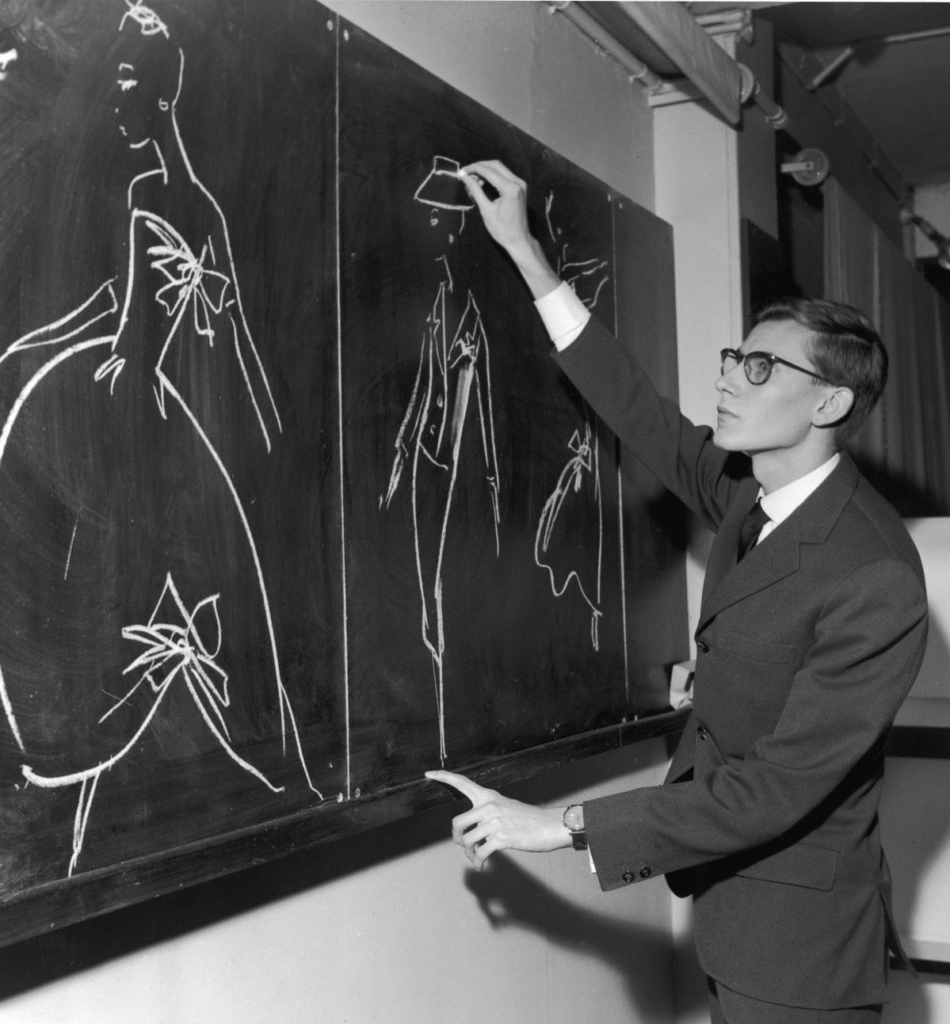
Following the trend or freeriding?
The decision of the French court in Van Cleefe v. Louis Vuitton is a classic illustration of the fine line between inspiration and economic parasitism. The suit was filed by the Richemont Group against the Vuitton Companies over their jewellery collection “Colour Blossom”. Richemont International and Cartier accused Louis Vuitton of parasitic competition, alleging that Vuitton’s “Colour Blossom” jewellery collection, marked by a clover made of semi-precious hard stone surrounded by a precious metal outline, unduly profited from the efforts, know-how, and reputation of Richemont’s iconic range of luxury jewellery “Alhambra”, with its quadrilobed clover in semi-precious hard stone. The argument was made based on six points: (1) the capture of the specificities of the quadrilobed jewellery motif “Alhambra”, without the slightest technical necessity, (2) the capture of the particular structure of the “Alhambra” collection to constitute a coherent set of thirty-one jewels, (3) the use of the same colours of semi-precious stones, (4) the variation of the disputed jewellery range in three sizes of motifs similar to that of the “Alhambra” collection, (5) the determination of a price scale by reference to that of the “Alhambra” collection and (6) the capture of the [L] & [M] communication axes, breaking with the usual codes of the Louis Vuitton house.

The bee works,the queen eats: Economic parasitism vs Passing off
It is imperative to note that there is a difference in how the law perceives Parasitism and Passing off. While the claim in Van Cleefe was based on parasitism, similar claims in India are based on the law of passing off.
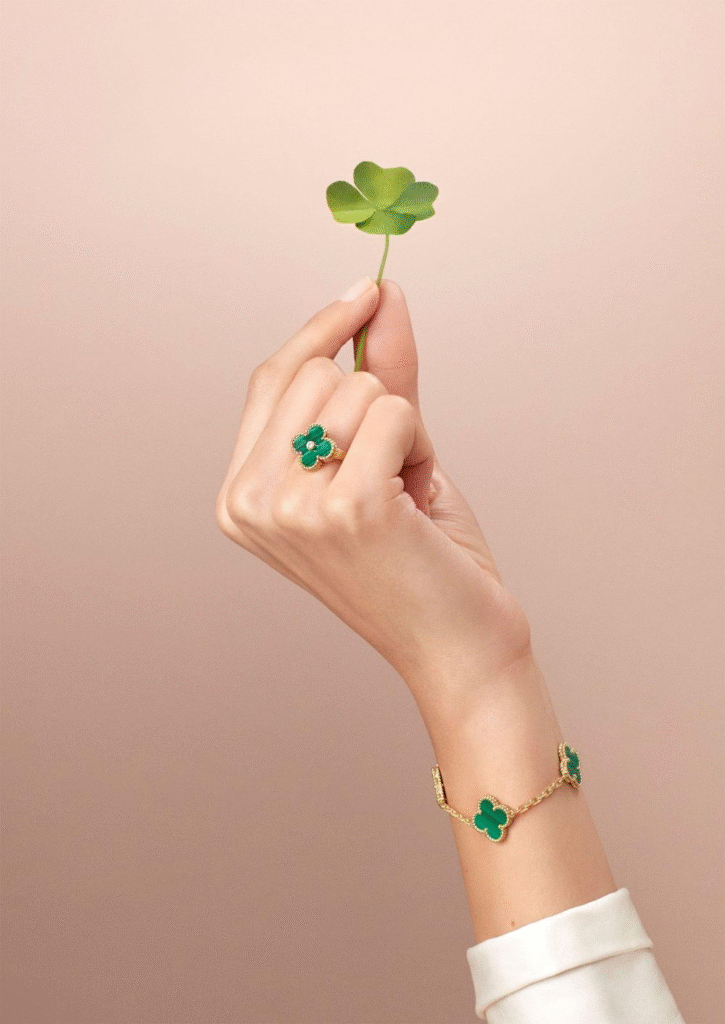
Parasitism refers to a form of practice where the person/company attempts to leech off the competitor’s reputation, good-will, origin and quality guarantees. In common law jurisdictions, such practices are usually included under the ambit of “passing off” and is punished as a tort.
Claims of parasitic competition may be resorted to when there is a case of unfair competition and may be coupled with claims of intellectual property infringement or pursued independently. An example for this was seen in the case of Maisons du monde / Auchan. Maisons Du Monde sued Auchan claiming that the latter had marketed tableware with vintage images, whose design had been copied from the plaintiff’s canvas paintings. The court in this case laid down a three-factor test to prove parasitism which requires (1) proof of individualized economic value resulting from know-how, (2) intellectual work, reputation and investment, which results in an unfair or undue competitive advantage for the party engaging in the parasitic act, (3) unjustified and intentional inspiration resulting in profit to the defendant. The first condition was not satisfied as the combination of images were not distinctive to the Maisons du Monde brand, hence the parasitism claim was rejected.
Damages in such claims are calculated based on the unfair advantage gained by the defendant as a result of the parasitic practice, adjusted with the extent to which sales of the plaintiff was affected. Harm caused to the reputation of the plaintiff’s business due to the inferior quality of the defendant’s goods, whether present or potential, may be accounted for by the courts in assessing damage claims.
Whereas the law in cases of “passing off” views reputation as an “incorporeal piece of property” entitled to protection. Claims in this regard are to be tested on the anvil of proving goodwill, misrepresentation, and damage, a key element being the “likelihood of the public confusing the defendant’s goods with those of the plaintiffs.
While passing off addresses misrepresentation resulting in consumer deception, parasitic competition focuses on preventing exploitation of the reputation of well-known brands and their products.
Why the court ruled in favour of Louis Vuitton
In the case of Van Cleef versus Louis Vuitton, the Court of Cassation noted that the quadrilobed flower of the Colour Blossom jewellery collection by Vuitton does not possess all the characteristics of the Van Cleef’s Alhambra model. The court noted that the plaintiff’s allegations were found to be based on comparisons of multiple “Alhambra” products to a single “Colour Blossom” product. Further, Louis Vitton’s design had been inspired from its own iconic monogrammed canvas, which has been in use since 1896. No evidence was found to prove wilful imitation on Louis Vuitton’s part. The practice of producing jewellery in two or three sizes was not unique to the Richemont group and the price differences were heterogeneous. The adaptation of the Colour Blossom Jewellery to current fashion trends, involving the use of coloured precious or semi-precious stones set in precious metal, were found to be in response to emerging trends and market demand and therefore permissible under the law. The court noted that for a claim of economic parasitism to succeed, the party claiming to be a victim must identify the economic value being invoked and, crucially, “the intention of a third party to follow in his or her footsteps.” In conclusion, the Court ruled in favour of Louis Vuitton, declaring that it “had not intended to follow in the footsteps of the companies of the Richemont group”.

Chanel v Jonak: A successful parasitism claim
The case of Chanel vs Jonak (2024) is a classic illustration of how brands can successfully pursue parasitism claims. The dispute was with respect to JONAK’s spring/summer 2020 shoe collection which replicated Chanel’s popular beige/black bicoloured “slingback” model. Chanel claimed that this was a blatant exploitation of the designs that were known and recognised to be associated with them. In contrast to Van Cleefe, where Louis Vuitton’s (the defendant’s) jewellery design was inspired by its own traditional monogram, Chanel was able to successfully demonstrate that Jonak intentionally used designs that were a part of their brand culture.

A survey report involving 500 women with the majority misidentifying the Jonak models as “Chanel”, fashion magazines with celebrities flaunting the Chanel slingback model and even social media comments by consumers declaring the Jonak model “a less expensive version of the Chanel slingbacks” was considered by the court to be relevant when concluding that “individualized economic value” could be attributed to the Chanel model.
Jonak was found to have copied distinctive features of the Chanel slingbacks, including the colour combination of beige and black with the black tip, proportions and opening of the shoe etc… Further, Jonak’s Instagram and Tiktok were found to link the shoes to the “World of Chanel”, giving the wrong impression that these models were affiliated with Chanel, further cementing the claim of “wrongful intent”. This was clearly different in the Van Cleefe v Louis Vuitton, where no malafide intent could be established, as Louis Vuitton was in itself a well-known brand and the design was inspired from its own logo.
Chanel was able to succeed by illustrating that what Jonak replicated, was in fact a brand-distinctive colour and style code, inseparably associated with Chanel itself. Jonak was therefore held liable and ordered to terminate production, distribution and sale of the infringing shoes as well as take off all suggested affiliations to Chanel from its website.
The differing judgments in Van Cleefe and Chanel clarify that establishing wrongful intent on the part of the defendant and likelihood of confusion among the consumers are important factors to be kept in mind in addition to the claim of “distinctiveness” in claims of economic parasitism. Keeping records of investments made, advertising and even social media posts can prove to be a game changer for brands in such cases.
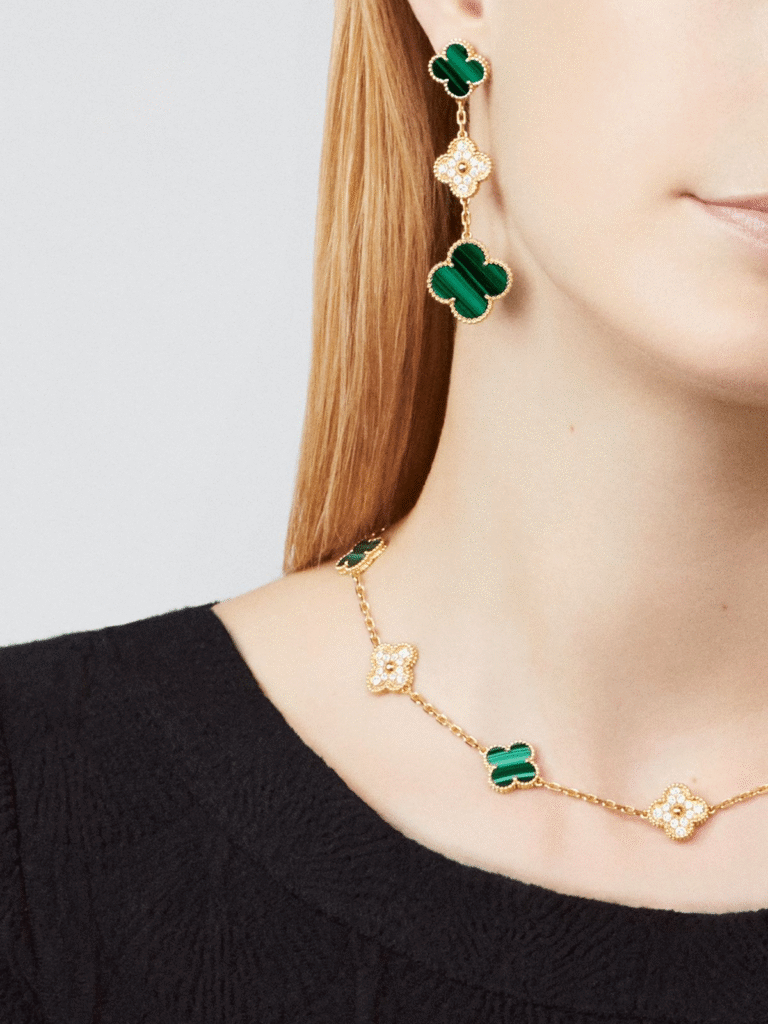
Following trends in fashion: what it means for designers
In the fashion industry, trends are the driving force behind every creation. Designers constantly adapt and reinterpret ideas to align with shifting public demand. Granting a monopoly over ideas would not only stifle creative liberty but also prove to be unfeasible as ideas are freely available and open to adoption and adaptation. As observed by the court in Infopaq: “design is often about selecting, arranging, and combining non-original elements of garment design in a way that creates an entity that can be original.”
To distinguish between trend following and copying, courts look into how the particular elements that have been imitated, or are distinctive to the brand. This interpretation has been confirmed in recent rulings. A case in point is Bulgari v APM Monaco (2025), where a combined action for copyright infringement and parasitism was pursued. Although copyright infringement was not established, the court upheld the parasitism claim, noting that APM’s Egyptian Tribute and Archi Noir jewellery collections had sought to unduly benefit from the recognisable aesthetic and symbolic value of the Serpenti jewellery collection developed by Bulgari without making any comparable effort or investment. The debate has also extended beyond luxury houses to the influencers, as seen in a recent case popularly known as the “Sad beige lawsuit” where influencer Sydney Nicole Gifford initiated legal action alleging that her signature “clean girl aesthetic” had been copied. The case was eventually dropped, though the US magistrate upheld most of her claims. Specifically, the judge noted that Gifford’s “clean girl” aesthetic could potentially be “distinctive” if it were proved to be unique to her brand, paving the way for similar claims in the future.
Fashion is heading to a future where even colour codes and digital aesthetics could define a brand. With social media driven trends and blurring originality, what truly defines brand identity has never been more uncertain. With the rise of artificial intelligence, it has become more imperative than ever that human creativity is duly recognised. Allowing acts of blatant copying and freeriding could have an inhibitory effect on creators who have invested years into their work. The riddle is to find the golden mean where genuine creativity is protected while keeping the door open for artistic freedom to thrive. Courts will have to tread carefully because the battle of trend setters has only just begun.


